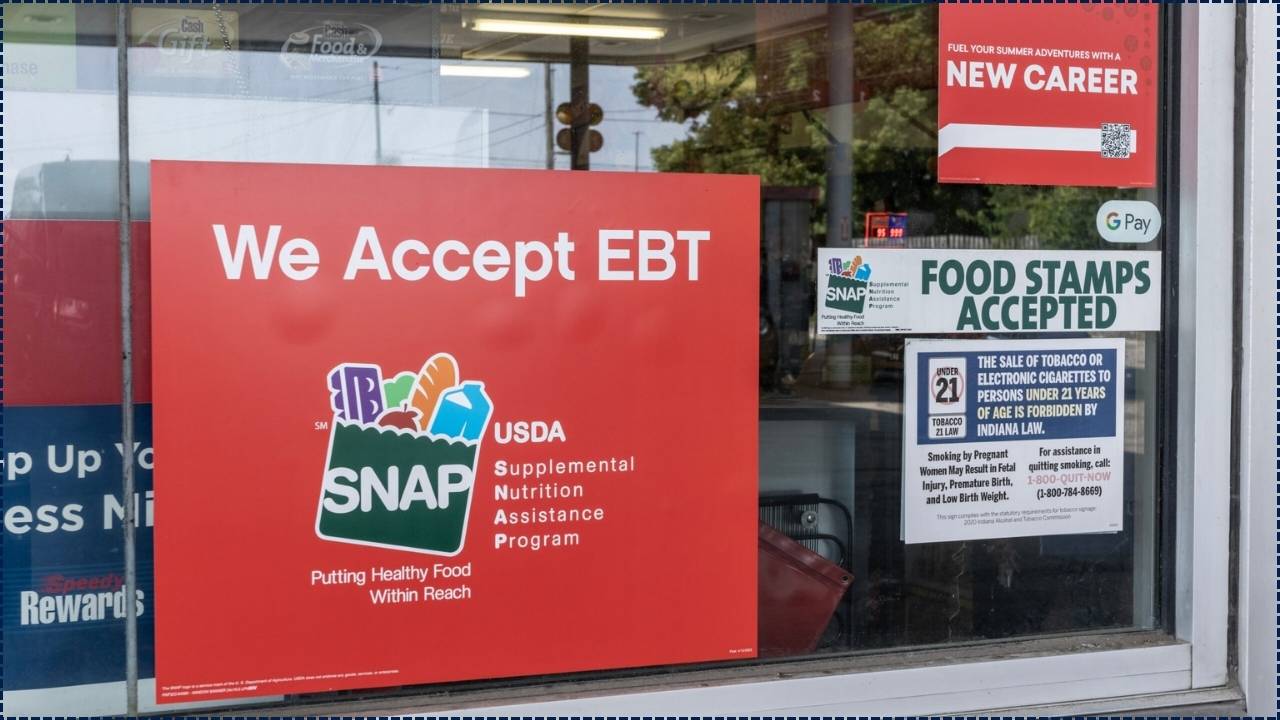Labor Department Kills Biden’s 401(k) Crypto Guidance: In a surprising policy shake-up, the U.S. Department of Labor (DOL) has officially rescinded its 2022 guidance warning against including cryptocurrency in 401(k) retirement plans. This move, announced on May 28, 2025, is being hailed by some as a win for financial freedom and criticized by others as risky business.

The guidance, initially introduced during the Biden administration, urged fiduciaries to tread carefully with crypto, citing concerns over volatility and consumer protection. But in a new administration and a rapidly evolving financial landscape, the DOL is taking a more neutral approach to digital assets in retirement portfolios.
Labor Department Kills Biden’s 401(k) Crypto Guidance
| Topic | Details |
|---|---|
| Policy Reversal Date | May 28, 2025 |
| Previous Guidance (2022) | Warned fiduciaries against crypto in 401(k)s due to extreme volatility (DOL.gov) |
| New Stance | Neutral position on digital assets; investment decisions left to fiduciaries under ERISA |
| Administration Context | Aligns with pro-crypto stance of Trump administration |
| Bitcoin Price (May 2025) | Surpassed $110,000 |
| ERISA Implication | Fiduciaries still required to act in participants’ best interests |
| Labor Secretary | Lori Chavez-DeRemer |
| Official DOL Resource | dol.gov |
For everyday Americans nearing retirement, the idea of crypto in your 401(k) might sound like a gamble. But for younger savers or those with higher risk tolerance, it could be a chance to add growth potential to an otherwise traditional portfolio.
Whether you see it as an opportunity or a red flag, one thing is clear: the future of retirement investing just got a lot more digital. If you’re interested, talk to a financial advisor or Certified Financial Planner (CFP) who understands both the risks and the rewards of digital assets.
What Just Happened: Context Behind the Crypto Policy Shift
Back in 2022, the Department of Labor issued guidance that essentially put the brakes on crypto in 401(k) accounts. They weren’t banning it outright, but they did strongly caution employers and plan fiduciaries that crypto assets were “speculative and volatile,” which could put retirees at risk.
Fast forward to 2025, and the tables have turned. The Biden-era caution has been overturned under Labor Secretary Lori Chavez-DeRemer, who called the original guidance “government overreach.” According to her, investment choices should be in the hands of fiduciaries, not bureaucrats in D.C.
The change also syncs up with broader federal moves in favor of crypto. President Trump has vowed to make the U.S. the global hub for digital assets, and Vice President JD Vance gave a pro-crypto keynote at Bitcoin 2025 in Vegas. The result? Crypto markets are booming.
What Does This Mean for Your Retirement Plan?
This new ruling doesn’t mean your 401(k) will suddenly be stuffed with Bitcoin next week. But it does mean plan providers now have fewer barriers to offering digital asset investment options, like:
- Bitcoin or Ethereum index funds
- Crypto ETFs
- Blockchain technology mutual funds
What You Should Know:
- Fiduciary Responsibility Still Stands: Even though the DOL has stepped back, your employer or plan administrator is still bound by the Employee Retirement Income Security Act (ERISA).
- Crypto is Optional: No one is forcing crypto into plans. It’s still up to the individual employer or plan sponsor.
- Diversification Is Key: Experts recommend no more than 5–10% of a portfolio in highly volatile assets like crypto.
Real-Life Examples: Who’s Doing What?
Some big-name financial services firms are already eyeing this new flexibility. For example:
- Fidelity has expanded access to Bitcoin within some 401(k) plans.
- Charles Schwab and Vanguard are evaluating tokenized assets and blockchain ETFs.
- Coinbase has expressed interest in helping smaller firms add crypto to retirement accounts.
Case Study:
Jake, 42, works for a tech firm that offers a self-directed 401(k). With the new DOL guidance rolled back, he now sees a Bitcoin ETF option. He chooses to put 5% of his contributions into it, balancing the rest with traditional index funds.
Expert Opinions: What Are the Pros and Cons?
Pros:
- Financial Freedom: Lets individuals choose what to invest in.
- High Growth Potential: Crypto has outperformed most traditional assets over the last 10 years.
- Modernization: Updates retirement planning for younger, tech-savvy workers.
Cons:
- Volatility: Crypto can lose value just as quickly as it gains.
- Security Risks: Digital wallets and exchanges can be hacked.
- Limited Oversight: Regulatory bodies are still catching up to this fast-moving sector.
Social Security Confirms Its Highest Payment for 2025 — Check Updated Eligibility Criteria Details!
Get Your $3,000 IRS Refund by Direct Deposit This Year: Check Payment Dates!
Think You’re on Track for Retirement? See If You’re Close to America’s Magic Number
A Labor Department Kills Biden’s 401(k) Crypto Guidance Guide to Navigate Crypto in Your 401(k)
- Check with Your Employer: Not all plans allow crypto. Ask your HR department or plan administrator if it’s available.
- Do Your Research: Understand what type of digital asset is offered. Is it Bitcoin? Ethereum? A crypto mutual fund?
- Know Your Risk Tolerance: Crypto isn’t for everyone. If daily price swings give you stress, consider a smaller allocation.
- Limit Exposure: Keep crypto investments under 10% of your total portfolio to avoid overexposure.
- Review Regularly: Markets change fast. Review your investment strategy at least quarterly.
FAQs On Labor Department Kills Biden’s 401(k) Crypto Guidance
Q: Does this mean all 401(k) plans will include crypto now?
A: Nope. Employers still decide what’s offered. The DOL just isn’t telling them “no” anymore.
Q: Is investing in crypto a safe move for retirement?
A: It depends on your goals and risk tolerance. Crypto is volatile, but it can be a strategic play if balanced correctly.
Q: What happens if the market crashes?
A: Like any investment, there’s risk. That’s why experts stress diversification and not going all-in on crypto.
Q: Is there still federal oversight?
A: Yes. Fiduciaries must follow ERISA rules, and the SEC continues to monitor crypto markets.












